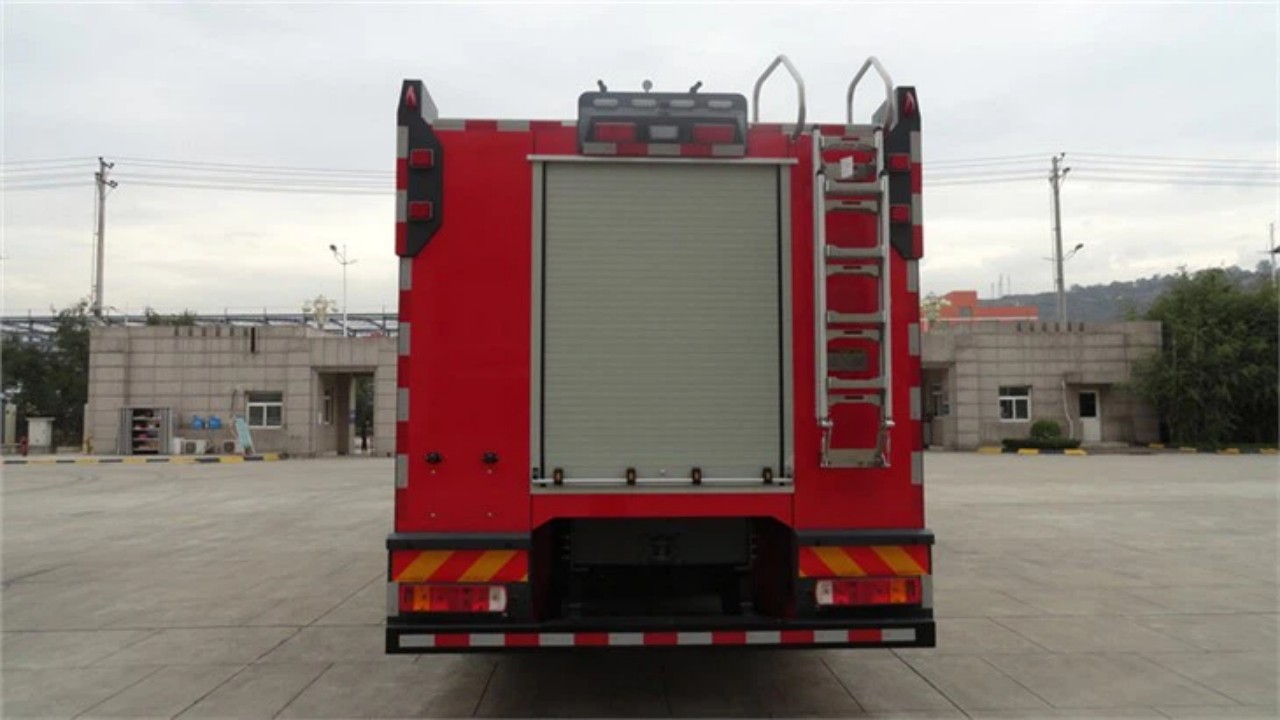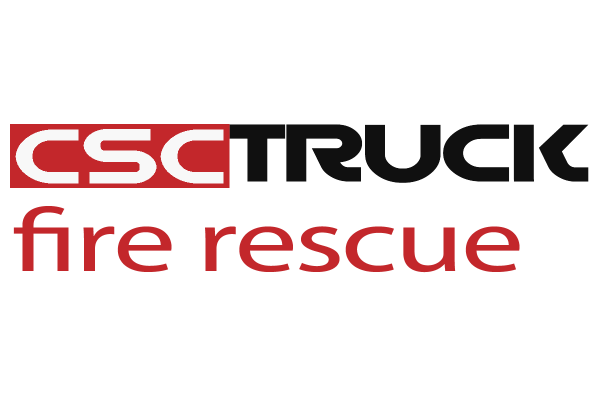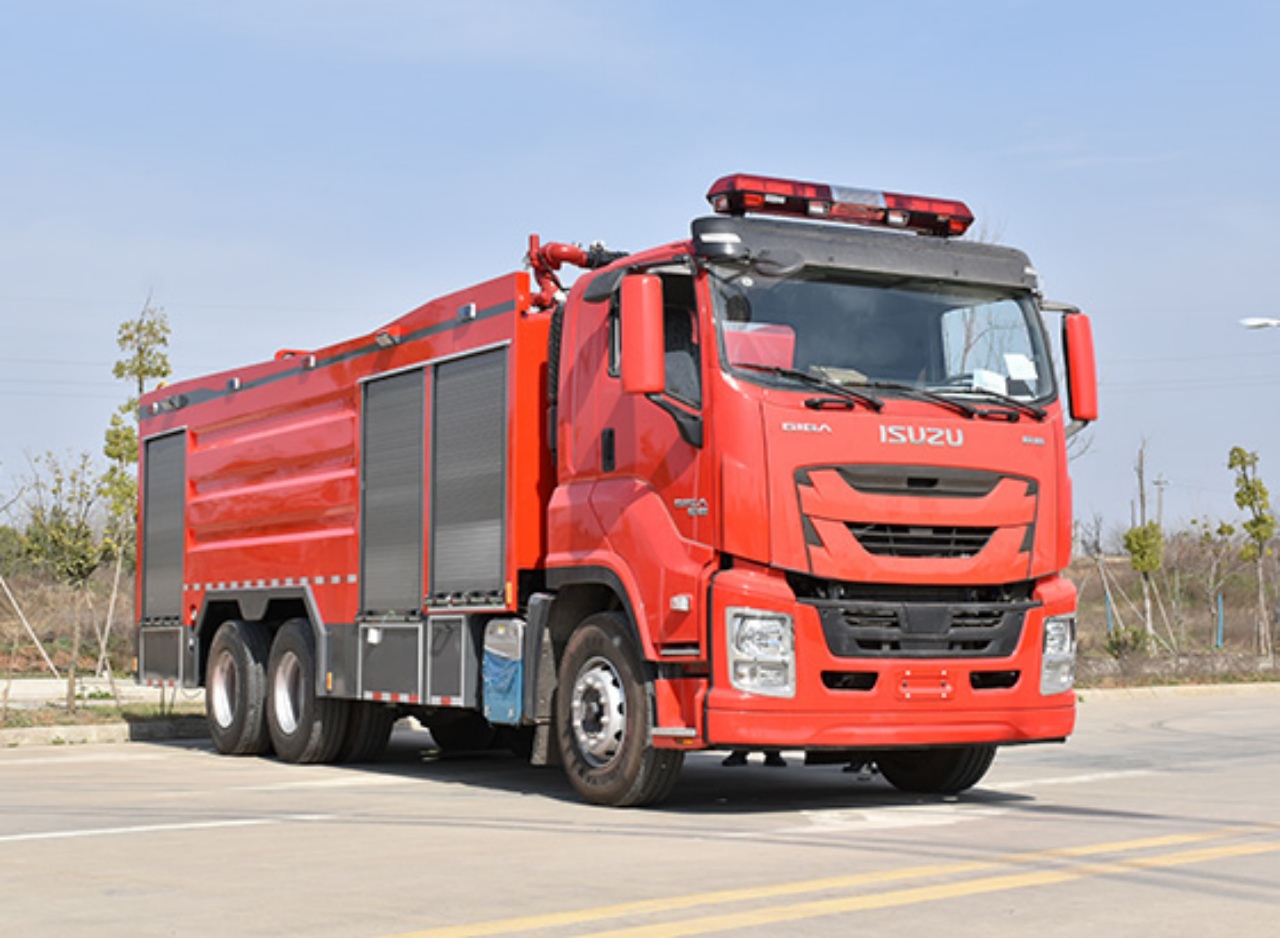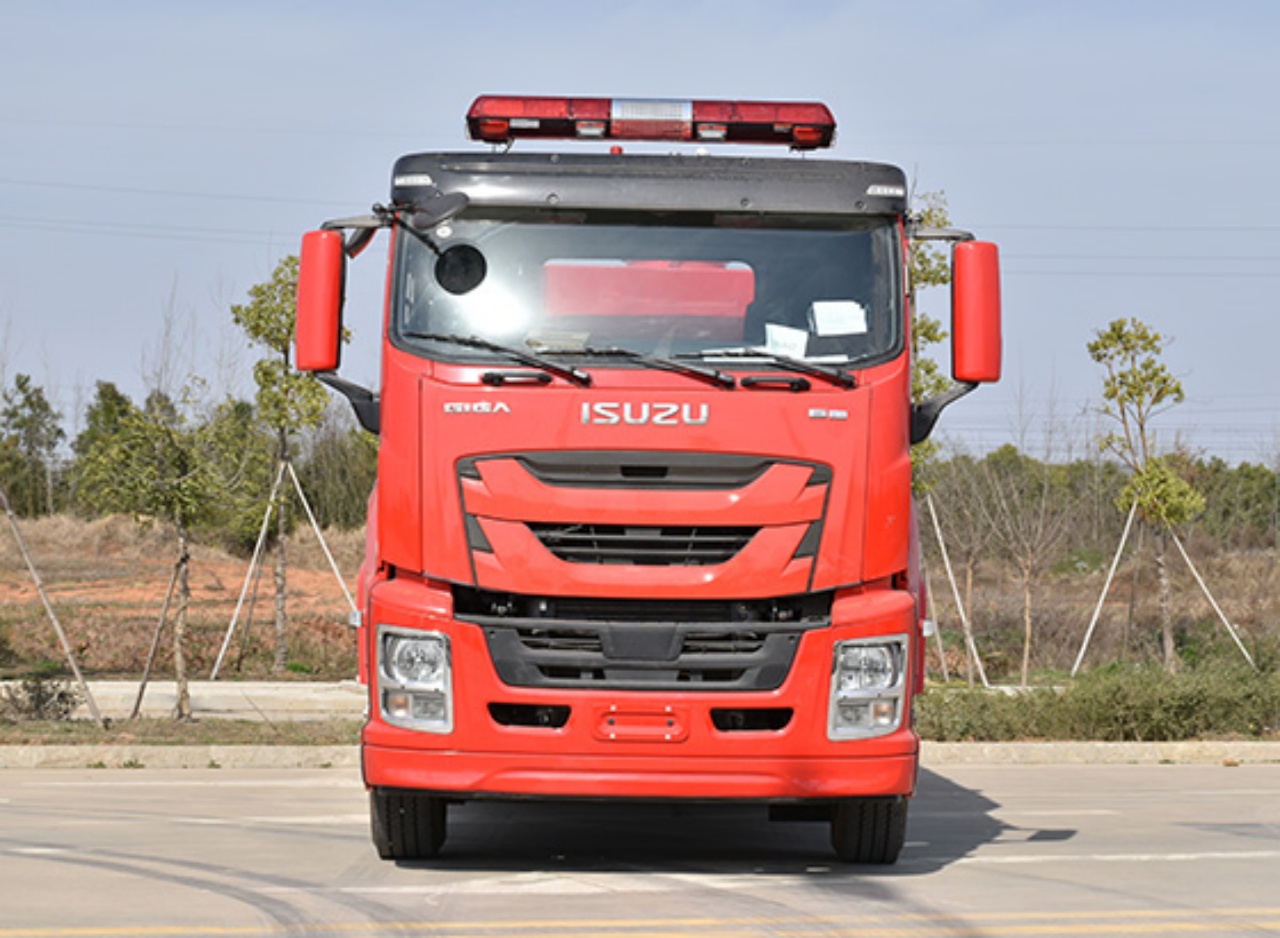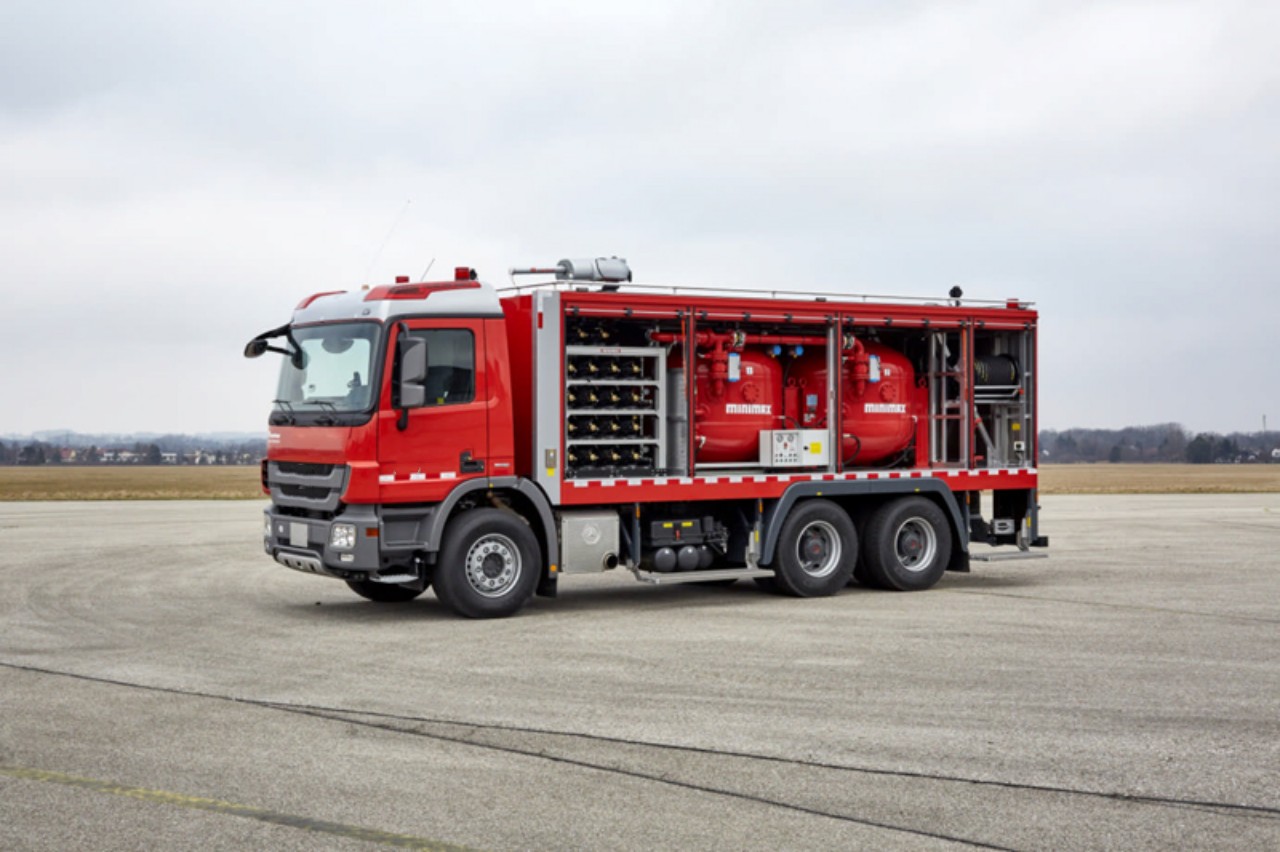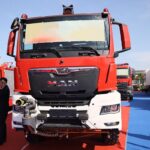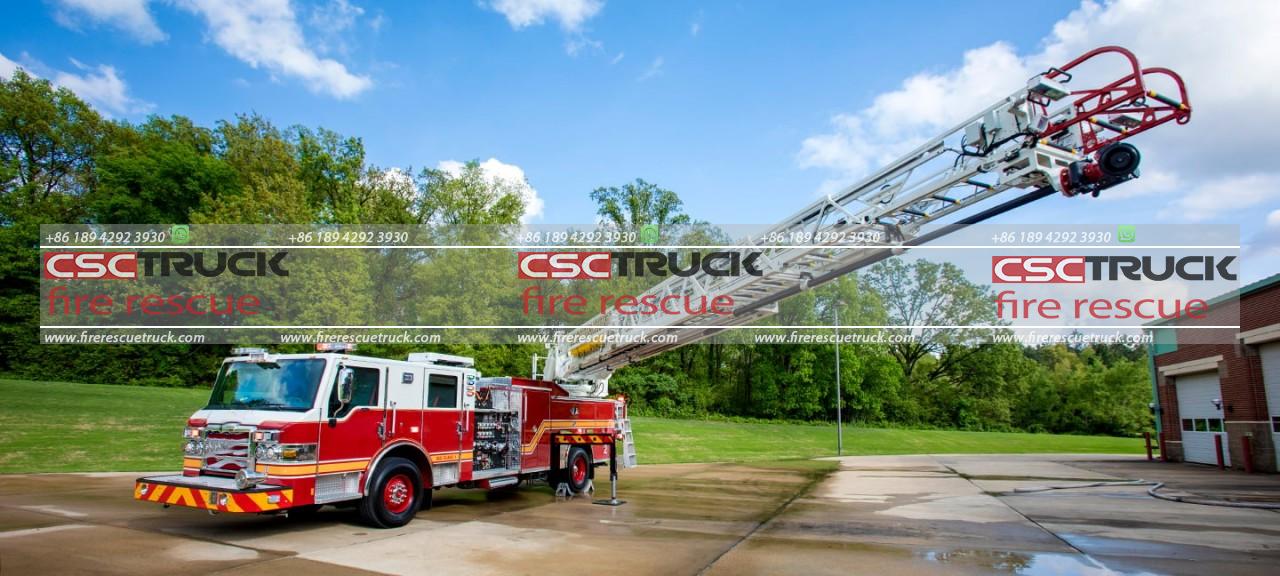In modern fire emergencies, especially those involving flammable chemicals or electrical equipment, speed and precision are crucial. Traditional water-based firefighting methods, while effective in many scenarios, often fall short when used on certain specialized fire classes. Electrical fires (Class C) and flammable chemical fires (Class B or D) require agents that can suppress flames without conducting electricity or reacting dangerously with the substances involved. This is where dry powder fire trucks come into play.
These specialized vehicles are purpose-built to combat hazardous fires with rapid response times, enhanced mobility, and effective fire suppression agents that are tailored for volatile environments. In this article, we explore the features, functions, and advantages of dry powder fire trucks and their critical role in rapid chemical and electrical fire control.
What is a Dry Powder Fire Truck?
A dry powder fire truck is a fire apparatus equipped with 1 or more tanks of dry chemical powder used for firefighting. Unlike water or foam systems, the dry powder system discharges finely divided solid particles, such as monoammonium phosphate or sodium bicarbonate, to extinguish fires by chemically interrupting the combustion process or by smothering the fuel source.
These trucks are typically equipped with:
- Pressurized dry powder tanks
- High-rate discharge systems (using nitrogen or compressed air)
- Fire suppression guns or nozzles
- Auxiliary systems for foam or CO₂ (in some hybrid configurations)
- Specialized chassis for industrial or off-road conditions
Dry powder trucks are designed to handle fires that water cannot effectively suppress, particularly in chemical plants, oil refineries, electrical substations, airports, and areas with flammable gases or reactive metals.
Importance of Chemical and Electrical Fire Control
Fires involving chemicals or electricity pose unique challenges:
- Water Reactivity: Many chemicals react violently with water, exacerbating the fire or causing explosions.
- Conductivity: Water conducts electricity, making it dangerous to use on energized electrical equipment.
- Volatility of Fuels: Chemical fuels often ignite or re-ignite quickly; fast suppression is essential.
Dry powder agents, by contrast, offer non-conductive, non-reactive, and quick-acting suppression capabilities. This makes dry powder fire trucks indispensable in:
- Chemical Plants: Where solvents, gases, or metallic dusts may be present.
- Electrical Facilities: Such as substations, power plants, or server farms.
- Airports: Where rapid suppression of jet fuel fires is critical.
- Mining and Refineries: Where reactive or combustible materials are routinely handled.
Key Components and Technologies
A modern dry powder fire truck incorporates several advanced systems to ensure swift and safe operation:
1. Dry Powder Tanks
These are typically built from corrosion-resistant steel or alloy materials and are designed to hold several hundred to several thousand kilograms of powder. Internal pressurization ensures a high flow rate when deployed.
2. Pressurizing System
Nitrogen is commonly used to pressurize the tank and discharge powder at high velocity. This allows for long-range targeting of the fire without needing to approach closely, essential in hazardous environments.
3. Delivery System
The powder is expelled through one or more nozzles or turrets, which may be manually or remotely controlled. Some systems are vehicle-mounted, while others are portable with flexible hoses.
4. Fire Control Panels
Operators can control powder pressure, nozzle direction, and monitoring systems from a central control panel in the truck or remotely, enhancing safety during firefighting operations.
5. Chassis and Mobility
Built on robust 4×4 or 6×6 commercial or military-grade truck platforms, these fire trucks are engineered to access industrial sites, rugged terrain, or narrow alleys within facilities.
Types of Dry Powder Agents Used
Several types of dry chemical powders are used depending on the fire type:
- Monoammonium Phosphate (ABC powder): Versatile, for Class A (combustible materials), B (flammable liquids), and C (electrical) fires.
- Sodium Bicarbonate: Common for Class B and C fires.
- Potassium Bicarbonate (Purple K): Highly effective on flammable liquid fires.
- Specialty Powders: For Class D fires involving combustible metals like magnesium or sodium.
The selection of powder is tailored to the environment where the fire truck is deployed.
Advantages of Dry Powder Fire Trucks
Dry powder fire trucks offer several key benefits:
1. Rapid Knockdown of Flames
The high discharge rate and effectiveness of the powder allow for quick suppression of even aggressive fires.
2. Non-Conductive Suppression
Ideal for electrical fires, dry powders do not conduct electricity, minimizing risk to operators and equipment.
3. Minimal Water Damage
Unlike water or foam, dry powder causes no water damage, which is crucial in protecting electrical installations or sensitive machinery.
4. High Mobility
Their truck-based design ensures they can be rapidly deployed to emergencies in diverse environments—from industrial zones to remote refineries.
5. Versatility
Many units are built as combination trucks with dry powder, foam, and CO₂ capabilities, increasing their operational scope.
Use Case Scenarios
To better understand the utility of dry powder fire trucks, consider the following examples:
Industrial Fire at a Chemical Processing Plant
A leak of flammable solvent vapor ignites near storage tanks. A dry powder fire truck is dispatched, reaching the site within minutes. Operators use high-velocity powder discharge from a turret system to suffocate the flames without allowing water to interact with reactive chemicals, containing the fire before it spreads.
Electrical Substation Blaze
After a short-circuit, an electrical fire ignites the insulation and control systems. Water-based units stand by due to electrocution risk. A dry powder truck suppresses the blaze using non-conductive powder, minimizing damage and preventing downtime.
Challenges and Considerations
Despite their advantages, dry powder fire trucks also present challenges:
- Residue Cleanup: The powder leaves behind residues that require thorough cleanup, especially in sensitive environments.
- Limited Continuous Discharge Time: The tanks can only deliver a few minutes of continuous suppression before needing recharge.
- Health Hazards: Inhalation of dry chemicals can be harmful; Protective equipment is essential.
These factors require proper training and operational protocols to ensure effective and safe deployment.
Future Innovations
The field of firefighting continues to evolve. Future trends in dry powder fire trucks may include:
- Automated Turret Systems with AI-assisted targeting.
- Drones paired with mobile fire units for remote surveillance and spot suppression.
- Hybrid Trucks with interchangeable powder modules and foam systems.
- Eco-Friendly Powders with minimal environmental or health impact.
These innovations promise to make dry powder firefighting even more effective and versatile.
Conclusion
Dry powder fire trucks represent a crucial asset in the fight against chemical and electrical fires. Their ability to respond rapidly, suppress fires without water, and operate safely around electrical and volatile materials makes them indispensable in a modern firefighting fleet. While not a universal solution for all fire types, they fill a vital niche that no other fire suppression system can match.
As industrial complexity grows and fire risks diversify, investing in dry powder fire trucks is a forward-looking strategy for any fire department or industrial facility seeking to protect lives, property, and infrastructure from catastrophic fire events.
